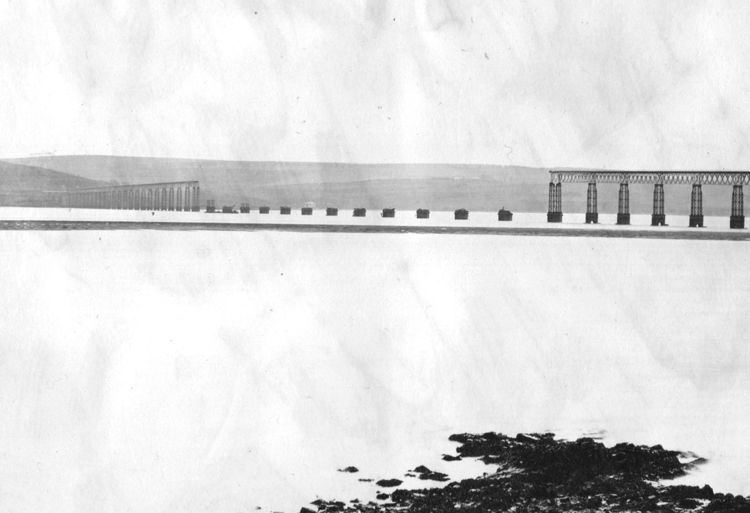 | ||
A catastrophic failure is a sudden and total failure from which recovery is impossible. Catastrophic failures often lead to cascading systems failure. The term is most commonly used for structural failures, but has often been extended to many other disciplines in which total and irrecoverable loss occurs. Such failures are investigated using the methods of forensic engineering, which aims to isolate the cause or causes of failure.
For example, catastrophic failure can be observed in steam turbine rotor failure, which can occur due to peak stress on the rotor; stress concentration increases up to a point at which it is excessive, leading ultimately to the failure of the disc.
In firearms, catastrophic failure usually refers to a rupture or disintegration of the barrel or receiver of the gun when firing it. Some possible causes of this are an out-of-battery gun, an inadequate headspace, the use of incorrect ammunition, the use of ammunition with an incorrect propellant charge, a partially or fully obstructed barrel, or weakened metal in the barrel or receiver. A failure of this type, known colloquially as a "kaboom", or "kB" failure, can pose a threat not only to the user(s) but even many bystanders.
In chemical engineering, thermal runaway can cause catastrophic failure.
Examples
Examples of catastrophic failure of engineered structures include:
